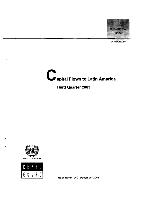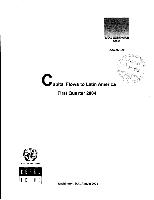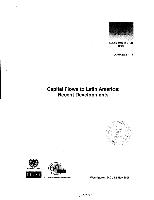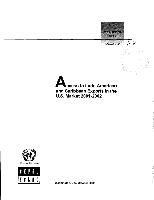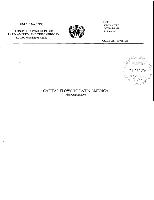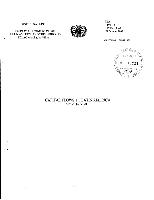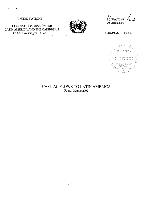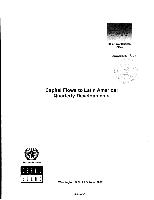In the third quarter of 2003, investors continued to favor riskier assets buoyed by abundant global liquidity, low interest rates in mature markets, strong economic growth (with low inflation), and improving credit quality. Credit spreads in emerging and Latin American markets narrowed in respons...
Selecciona los documentos para visualizarlos
| Nombre del archivo | Ver recurso |
|---|




